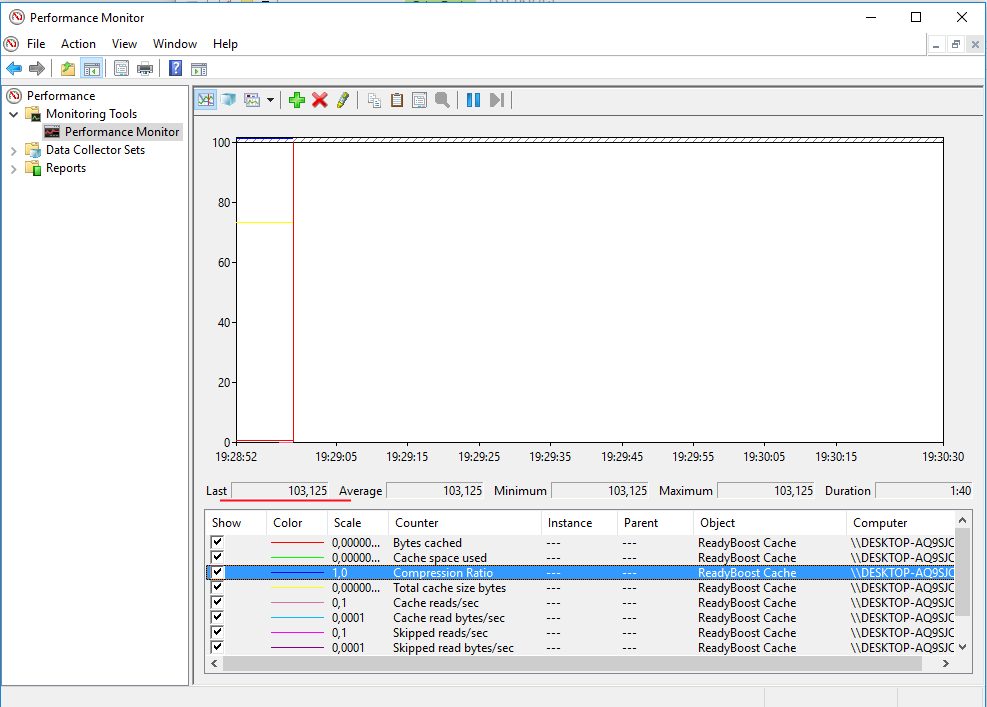
Perhaps a key question arises, which is why the system can affect if SysMain was developed to occupy all the RAM space available properly for preloaded applications, the issue is that being a service can receive many applications requests affecting its behavior, now, if any application needs to use RAM for its use, SysMain will free the memory necessary for this purpose without affecting its stability.Ī term you may hear is ReadyBoost, right? Well, ReadyBoost is a software function that once activated on a storage device (disks, USB). SysMain will add a frequently used label to the most used applications so that in future accesses we notice a much faster access speed and although SysMain is closely linked to the paging file it is prone to generate errors especially CPU, disk or RAM overload. SysMain runs in the background in Windows 10 and we can verify this from the Task Manager in the Processes tab in the "Windows Processes" section:

SysMain is able to understand the pattern of use of the system at the user level and thus be able to manage the application load and boot of the system much more efficiently. This means that SysMain can maximize memory by improving overall performance regardless of the workload being carried out. Remember that Windows 10 integrates functions such as virtual paging file memory and compressed memory (SysMain). One of these services is the SysMain service (formerly known as Superfetch ) which has been renamed in this way since the Windedition and SysMain has the functionality to improve the operating system at the performance level with daily use. This means that if a key service is stopped, many execution situations can occur within the operating system.


Windows 10 is based on multiple services that are designed to allow interoperability of the parameters of the operating system itself, so it is essential that each service is configured as appropriate.


 0 kommentar(er)
0 kommentar(er)
